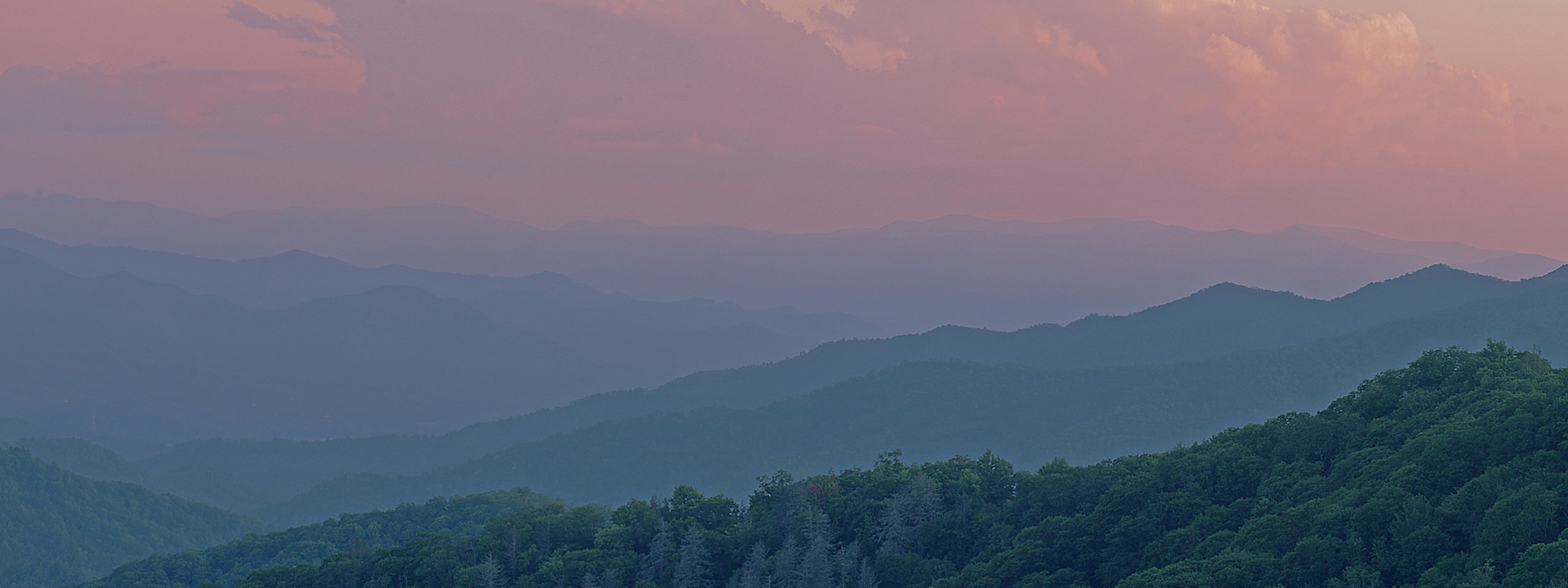
The Whirlpool


31 million light years away sits M51, also known as the Whirlpool Galaxy. Its’ distinctive shape has made it a favorite galaxy to photograph for me since I started this hobby.
Originally discovered in 1773 by Charles Messier, it was believed to be the first “nebula” known to have a spiral structure. Later Edwin Hubble found evidence that this “spiral nebula” was a separate galaxy. M51 is actually made up of 2 galaxies. NGC 5194 is the main, large galaxy. NGC 5195 is the smaller galaxy forming the “tail” of M51. The Whirlpool is relatively easy to locate. If you can find the big dipper, it is located just below the last star in the handle (Alkaid). The month of May is typically the best time to try to locate this object.

The red areas are the star forming regions in the galaxy. The blue areas are younger stars, while the yellow color is due to older stars in the galaxy. If you look closely you can start to see some of the background space dust in the image. I will try to get more time on this target later to see if I can bring out more of that background dust in the image. There are also several other galaxies in this image, identified in the annotated version below. I particularly like the spiral galaxy IC4263, shown in the lower left of the image.

Here is a previous M51 attempt in 2020. My latest image captured more of the background dust and better detail in the galaxies.

This latest image was taken over multiple nights in February 2024. I used an Askar 103 APO telescope on a SkyWatcher EQ6R mount to capture the images. NINA was used to control the scope and camera, with the final image edited using PixInsight. When complete, I had a little over 33 hours total exposure time. For this image I spent most my time gathering Luminance data. This helped bring out more of the background details. I did not spend very much time on RGB as the Luminance channel provided the detail I needed. The RGB data gave me the color. I also gathered Hydrogen Alpha data to help bring out the red star forming regions in the galaxy. My previous attempt above did not use Luminance data. I believe using the Luminance helped me bring out more detail in this image.
M51, the Whirlpool Galaxy.
- Luminance: 20.1 hours
- Red: 1.7 hours
- Green: 1.6 hours
- Blue: 1.5 hours
- Hydrogen Alpha: 8.3 hours




